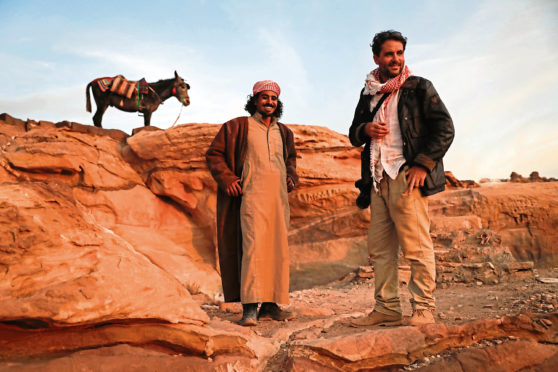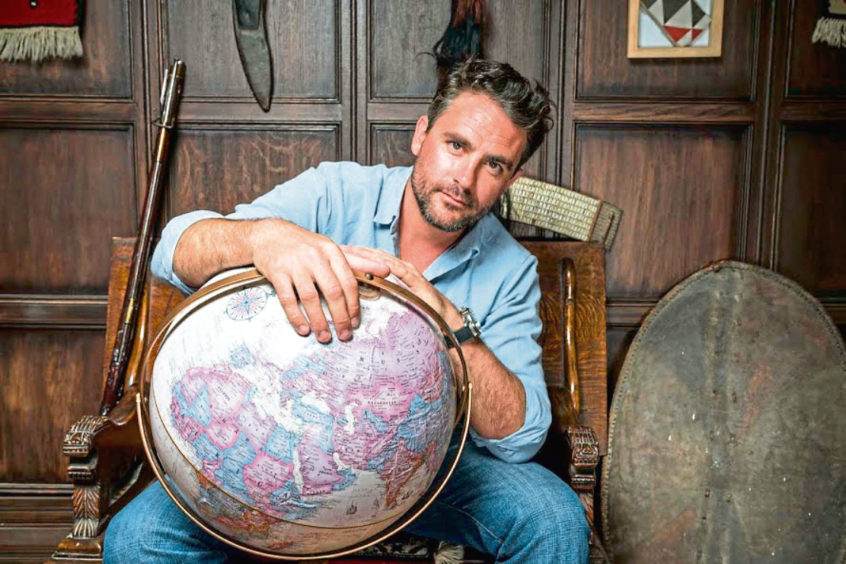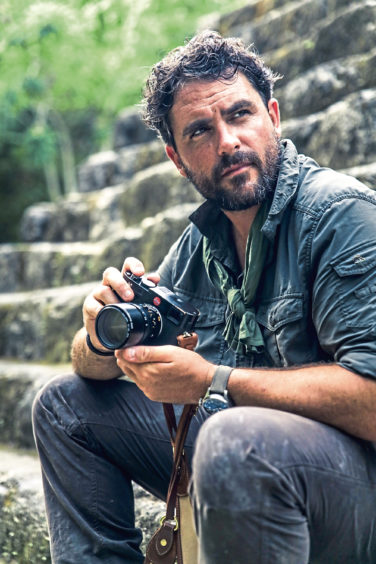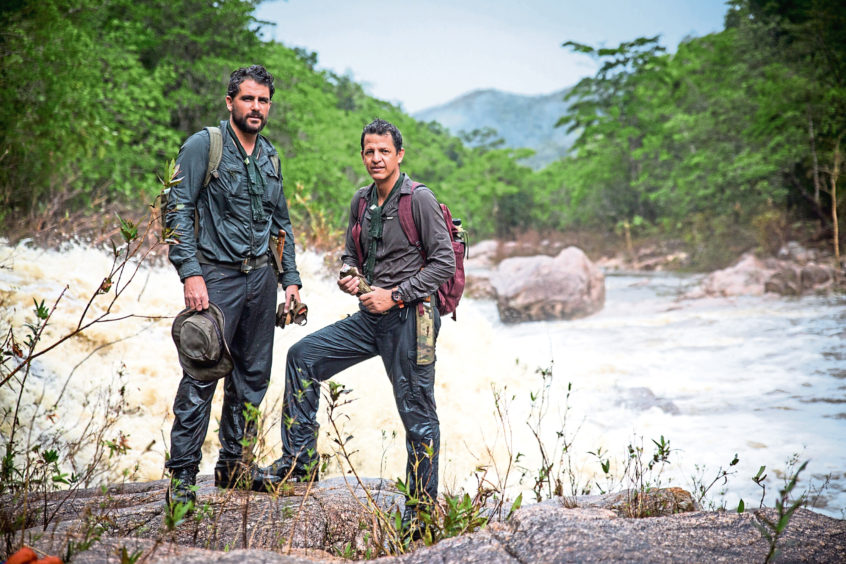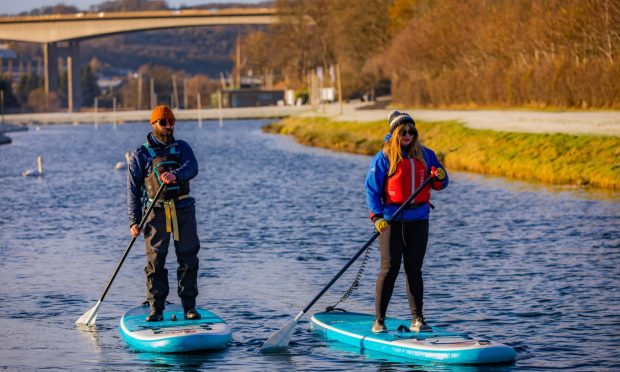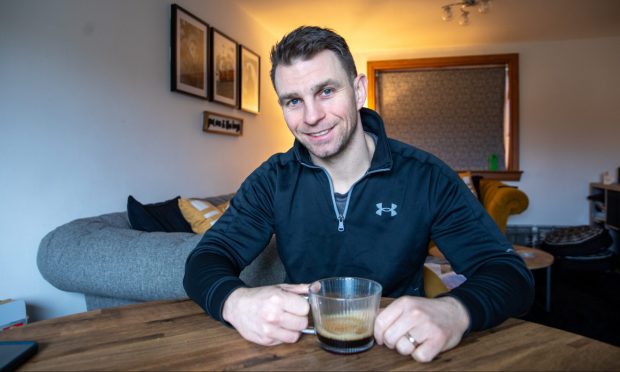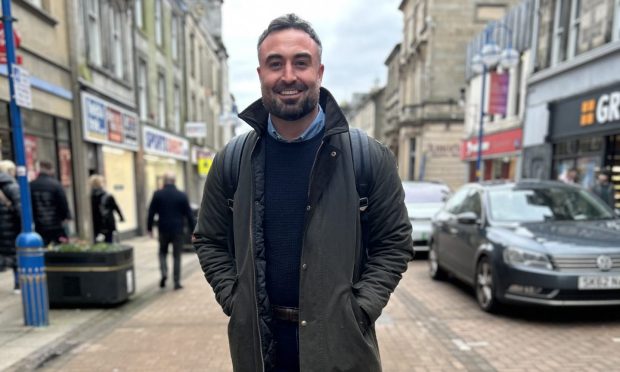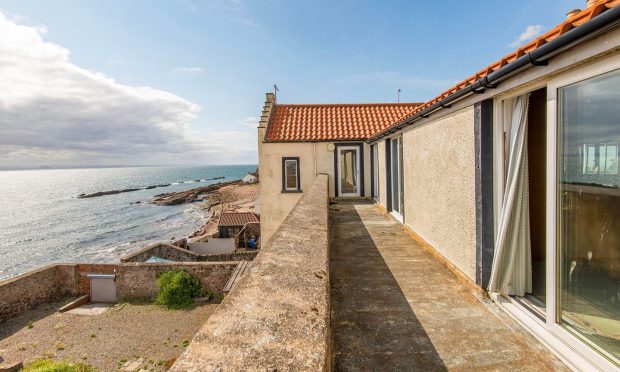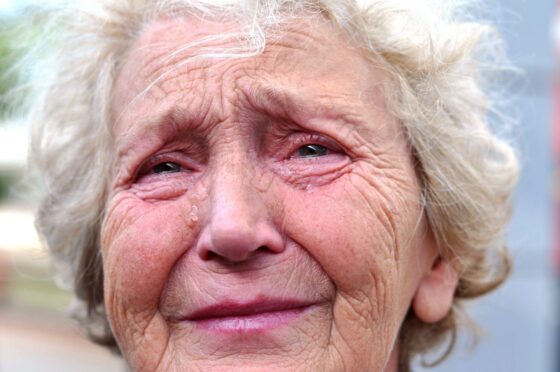TV adventurer Levison Wood explores some of the world’s most perilous places. Ahead of a talk in Perth, he spoke to RSGS writer-in-residence Jo Woolf…
Levison Wood is living and breathing proof that you can charm your way out of most situations.
Without this crucial skill, he would not be alive.
In Central America, the Middle East, and Africa he has encountered, negotiated, and even lunched with some of the most notorious groups in the world.
Travelling on foot, unarmed and carrying only a camera and basic supplies, he walks willingly into the world’s danger zones, driven by a curiosity about people and a readiness to trust.
It was when he was a young lad, he tells me, that dreams of becoming an explorer first got hold of him. He read biographies of the great names – David Livingstone, Sir Ernest Shackleton and Robert Falcon Scott – and thought: “If they can do it, why can’t I?”
This one simple question turned into a plan of action. Aged 18, he went backpacking in places that captured his imagination, growing in confidence and ambition so that soon he was following the Silk Road across Asia, hitch-hiking and sleeping under the stars.
Then he joined the forces and saw active service in the Parachute Regiment, which, he observes dryly, gave him experience in going to places “that were not particularly on the tourist trail.”
When he later embarked on a career as a professional writer and photographer, he was ready to begin realising his childhood dream.
In 2013, when Levison announced that he intended to walk the length of the Nile, people told him he was crazy. The risks were immense, largely due to the war zones he planned to pass through.
But he was undeterred. Beginning at the source, he found himself treading reverently in the footsteps of his heroes – early African explorers John Hanning Speke, Sir Richard Francis Burton and of course David Livingstone.
He says it was an amazing experience to discover how much had changed since that era – and how some things had apparently stayed the same.
“I remember sitting beneath an enormous mango tree on the banks of the Nile, being inducted into a tribal ceremony, and realising that things probably haven’t changed all that much since Livingstone was there,” he said.
Levison accomplished his 4,250-mile trek in nine months.
In many regions he witnessed the awful fallout of war; he encountered desperate poverty and suffering, and was appalled to see vast expanses of rainforest being cleared to make way for sugar plantations.
In South Sudan he had to flee for his life as gunfire erupted around his encampment; only there, in this volatile region, did he reluctantly agree to omit one small section of the river, a decision which probably saved his life.
He employed local guides and struck up friendships with people he met – a recurring theme in his expeditions. In potentially hostile situations he believes he attracts less attention because he is not posing a threat.
His attitude also plays an important part: “It’s about having respect for people and being non-judgmental.”
Since then, Levison has walked the length of the Himalayas; traversed Central America from Mexico to Colombia, crossing the notorious Darien Gap where travellers have often fallen prey to drug traffickers; trekked from Russia to Iran via the Caucasus; and, most recently, circumnavigated the Arabian Peninsula.
He has made TV documentaries about each journey, often filming in challenging conditions; his programmes capture the spontaneity and camaraderie of travel.
In Central America, with his friend Alberto Caceres, he dived deep into mysterious cenotes or flooded sinkholes, some of which were places of human sacrifice by ancient Mayans.
In the true spirit of traditional explorers, the pair also discovered a hitherto unknown pyramid in Mexico. It was an experience like no other: “There we were, two men plastered in sun cream, wearing Indiana Jones hats, walking down the road in the heat of the day. It wasn’t exactly sane” (Walking The Americas).
An accomplished travel photographer, Levison has held major exhibitions of his work in London’s Pall Mall and Mayfair. He aims to show what a region is like through the eyes of the people who live there, reporting the truth in objective manner without any agenda or news angle “because we’re saturated with news – usually bad news – telling us how terrible and dangerous the world is…
“My role is about bringing a bit of ground truth and balance to the matter and showing the other side of the story.”
Levison is now helping make a positive difference to people’s lives. He is an ambassador for 15 charities, and recently visited a Unicef project to rehabilitate child soldiers in the Congo, which he says was an intense emotional experience. He supports the Tusk Trust in Africa, youth charities such as the Duke of Edinburgh’s Award, and military veterans’ charities including Walking with the Wounded and the Endeavour Fund.
For anyone inspired to follow his dusty trail and become an explorer, Levison has some simple advice. For him, one of the key learning experiences was his decision to go backpacking solo at 18. “I love travelling with friends, but actually at that age I think it’s far more important, far more useful, to go off on your own because you’re forced to interact, you’re forced to develop and hone your communication skills, and you learn so much more.”
Having walked in David Livingstone’s footsteps, Levison will soon see his name added to the annals of a Society that was co-founded in 1884 by Livingstone’s daughter, Agnes Livingstone Bruce.
On the evening of Monday February 3 he will receive Honorary Fellowship of the Royal Scottish Geographical Society after his talk in Perth Concert Hall entitled Travels In Remote Places. Tickets are available from Perth Concert Hall box office. For more information, see: levisonwood.com; www.horsecross.co.uk; rsgs.org
